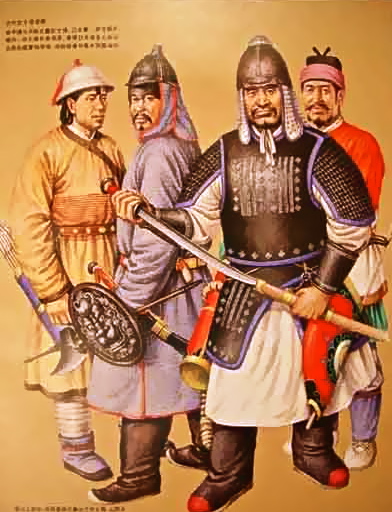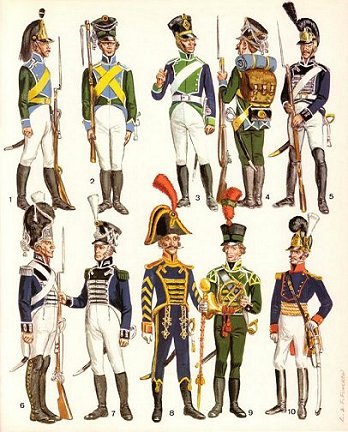For most of history, armies did not bother with camouflage because when the battle began, it was more important to know who was who to avoid confusion. Soldiers generally wore distinct, brightly colored uniforms with large insignia and decorations and carried banners to identify themselves. This continued all the way to the end of the 19th century. Here are some examples from various time periods:


Armies switched to drab gray, green, and khaki uniforms as accurate long-range rifles became common. During the First World War, camouflage was quickly adopted for vehicles to conceal them from aircraft. Although camouflage made it harder to tell who was who, it was worth it for the protection it gave. These days, new technology like thermal imaging, radar, etc. greatly lessen the usefulness of camouflage.
Another problem with camouflage is that it greatly increases the chances of friendly fire. Friendly fire has accounted for between 2 and 20% of all casualties in war. There were over 8,000 such incidents in the in the US military during the Vietnam war.
Given the large number of friendly fire incidents in the US military in recent wars (see the Pat Tillman incident), I think it might be time to switch back to traditional brightly-colored uniforms. Camouflage loses most of its effectiveness as soon as the vehicle or soldier starts moving, so there's no point in putting it on troops unless they are getting ready to ambush. Camouflaging stationary things like buildings and entrances is still a good idea.




No comments:
Post a Comment